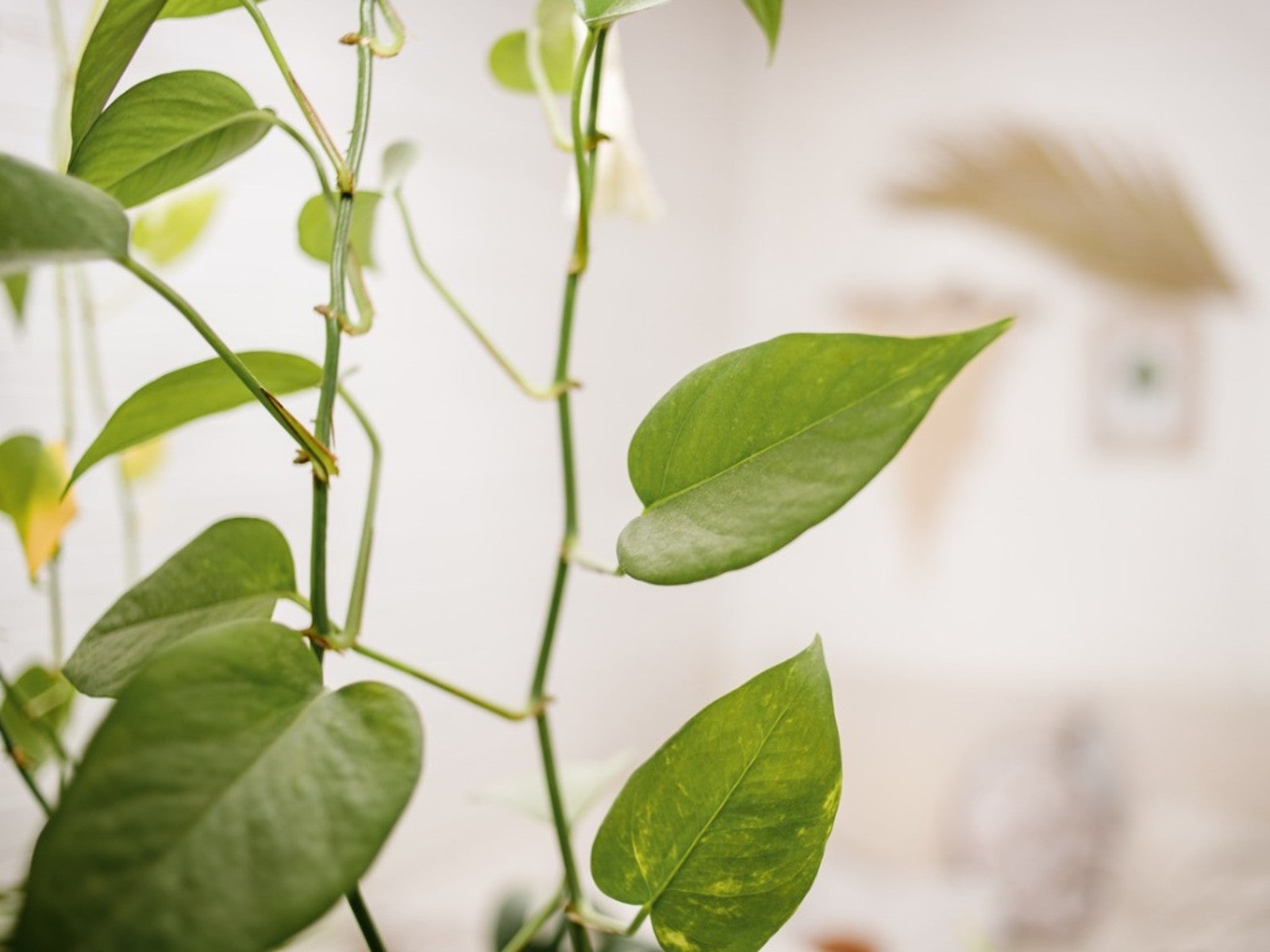
Leggy indoor plants are a common complaint. Most plants require some maintenance, whether it be removing dead leaves or spent blooms, but how do you fix leggy plants? Just like many outdoor plants require pruning, some indoor plants, say a leggy pothos plant, need pruning. Read on to learn how to prune houseplants.
Leggy Plants Indoors
There are a couple of reasons a plant might become leggy. Some plants, like the easy to grow pothos, are prone to growing and looking rather rangy. Luckily a leggy pothos plant is an easy fix; and you end up with pothos plants to share with friends.
The other reason a plant may become leggy is because it is stretching to reach a light source. This results in long spaces between leaf nodes making the plant look a bit scraggly. If lack of light is the culprit, the scant leaves are often also light green because they can’t photosynthesize well.
How to Prune Houseplants
Trimming houseplants can mean one of two things: training or grooming. Plants can be pinched or cut an inch (2.5 cm.) or so just above the node. This is done to produce a bushier, more compact plant, and is part of training your houseplant.
Leggy vining indoor plants, however, should really be pruned. This involves cutting significantly more of the plant in order to make it compact and less rangy. Take a leggy pothos plant for instance. Using sterile shears remove 3 to 4 inches (8-10 cm.) of the terminal or end growth just below a node or leaf joint.
Pothos roots easily in a glass of water. Other types of cuttings such as coleus, geranium, begonia, ivy, and some type of philodendron should be placed in loose, moist potting soil.
How to Fix Leggy Plants
As mentioned, some leggy plants are the result of struggling towards light. Obviously the thing to do here is to provide more light either by adding a plant light or moving the plant to an area in the home that has more light exposure. If adding light isn’t an option, look for low light plants like the aforementioned pothos.
Sign up for the Gardening Know How newsletter today and receive a free copy of our e-book "How to Grow Delicious Tomatoes".

Amy Grant has been gardening for 30 years and writing for 15. A professional chef and caterer, Amy's area of expertise is culinary gardening.
